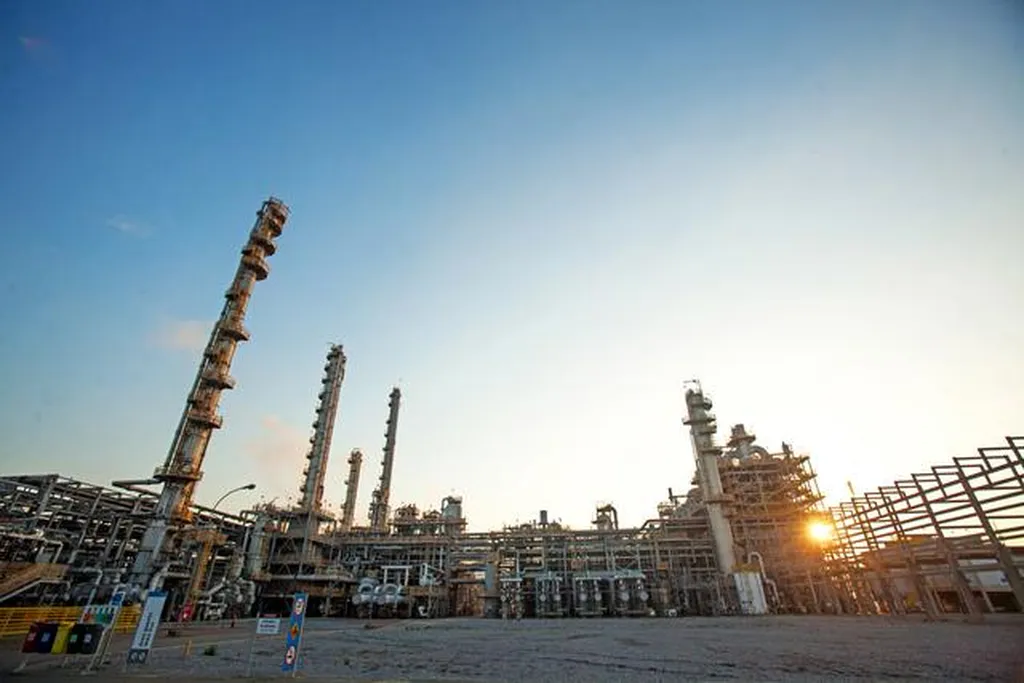In the heart of Recife, Brazil, a shopping center is not just a hub for retail therapy but also a beacon of sustainability in the construction industry. The Riomar Shopping’s parking lot has become a case study for circular economy principles, demonstrating that significant reductions in carbon emissions and resource consumption are achievable. This innovative approach, detailed in a study published in the journal *Geotecnia* (English: Geotechnics), could reshape how the construction sector tackles environmental challenges.
André Azevedo Borgatto, a researcher from the Universidade Federal Rural de Pernambuco, led the study that compared traditional construction methods with circular economy practices. The findings are striking: by adopting circular strategies, the construction of the parking lot reduced CO₂ emissions by a staggering 91%. “The potential for circular economy principles to transform the construction industry is immense,” Borgatto asserts. “This study shows that we can significantly cut emissions and manage resources more efficiently, all while maintaining the functionality and durability of our structures.”
The study involved a life cycle assessment (LCA) of two scenarios: one using conventional construction methods and the other incorporating circular economy practices. The circular scenario included the use of recycled materials, efficient waste management, and design strategies that extend the lifespan of the infrastructure. The results not only highlight the environmental benefits but also suggest substantial commercial advantages. “Reducing emissions and resource consumption can lead to long-term cost savings and improved brand reputation,” Borgatto explains. “This is not just about being environmentally responsible; it’s about being economically savvy.”
The implications for the energy sector are profound. As the construction industry accounts for a significant portion of global emissions, adopting circular economy principles could play a crucial role in meeting climate targets. “The energy sector can benefit from this shift by developing materials and technologies that support circular construction practices,” Borgatto notes. “This could open up new markets and create opportunities for innovation.”
The study published in *Geotecnia* serves as a compelling example of how circular economy principles can be applied in real-world settings. It challenges the industry to rethink traditional practices and embrace more sustainable alternatives. As Borgatto concludes, “The future of construction lies in circularity. It’s not just a trend; it’s a necessity for a sustainable future.”
This research could inspire future developments in the field, encouraging more projects to adopt circular economy principles. The potential for reducing environmental impact while enhancing commercial viability makes this approach a win-win for both the planet and the industry. As the construction sector continues to evolve, the lessons learned from the Riomar Shopping could pave the way for a more sustainable and resilient future.

